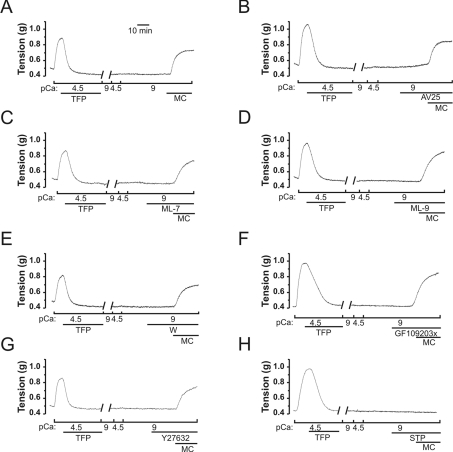Figure 4. Effects of kinase inhibitors on Ca2+-independent, microcystin-induced contraction of Triton-skinned, calmodulin-depleted rat caudal artery.
(A) Addition of trifluoperazine (TFP; 0.4 mM) at the peak of a Ca2+-induced contraction of Triton-skinned strips relaxed the tissue as calmodulin was dissociated [19]. TFP and dissociated calmodulin were removed by several washes in pCa 9 solution. Addition of Ca2+ then failed to elicit contraction, confirming the removal of calmodulin, but subsequent addition of microcystin (MC; 1 μM) at pCa 9 activated contraction (n=8). (B–H) Microcystin-induced contraction at pCa 9 was unaffected by the MLCK inhibitors AV25 (100 μM; B) (n=5), ML-7 (100 μM; C) (n=3), ML-9 (300 μM; D) (n=4) or wortmannin (W; 10 μM; E) (n=4), the PKC inhibitor GF109203X (5 μM; F) (n=4) and the ROK inhibitor Y-27632 (10 μM; G) (n=3), but was blocked by the broad spectrum kinase inhibitor staurosporine (STP; 5 μM; H) (n=4).

